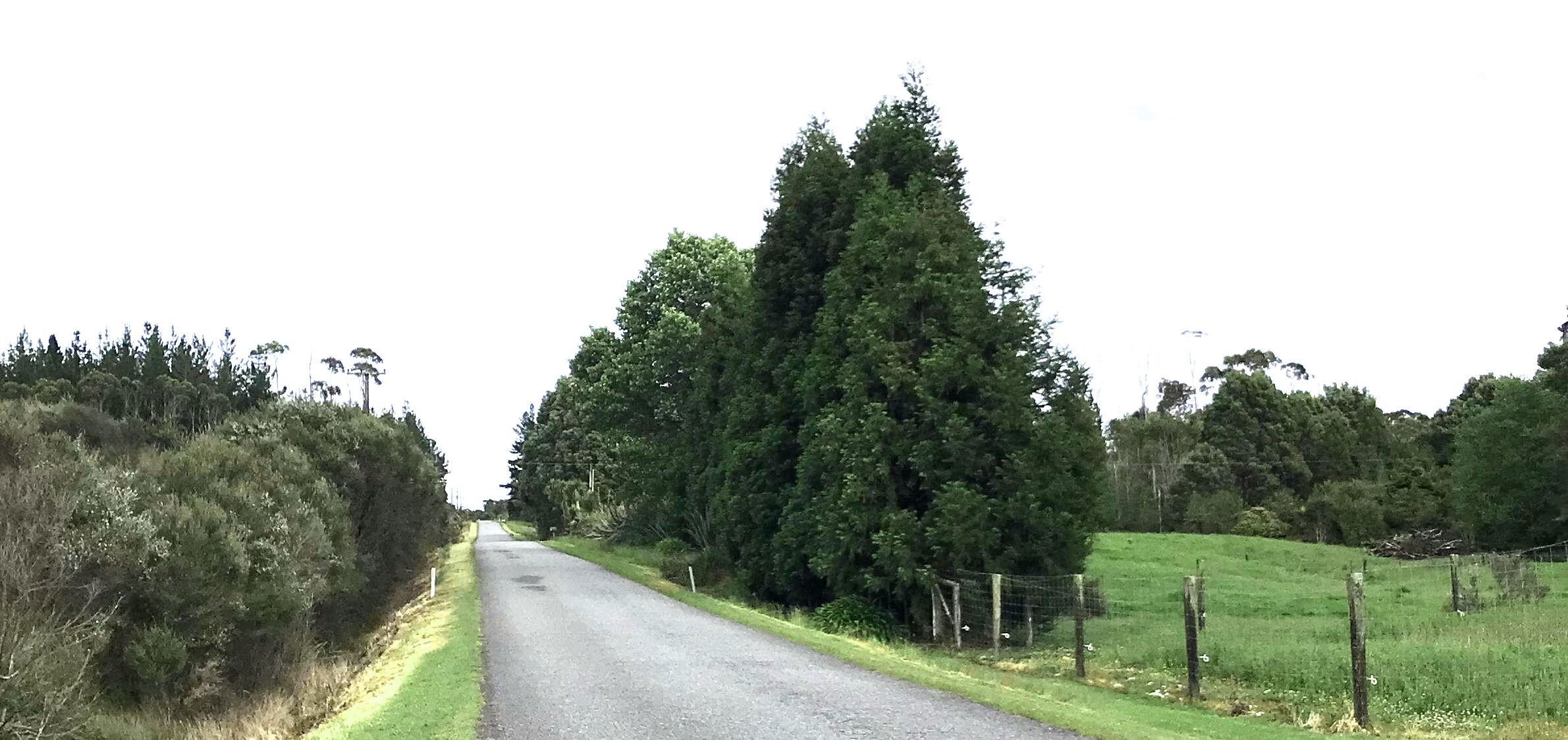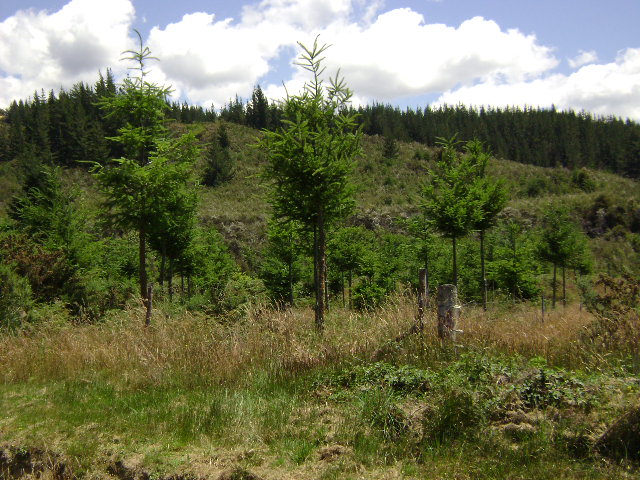
We grow fruit and timber trees in the extreme climate of the South Island. Explore our mail order nursery for organic fruit and forestry trees.
Back to dialatree www.dialatree.co.nz

Summer Planting
The big gamble is summer planting, and like all good wagers the risks are high but the payoff can also be good. If you want an instant landscape, orchard or forest, it can be done provided the rains come, you hover about, and you choose the right species. New Zealand native trees like summer planting and take off with growth for half a season, getting your landscaping efforts well ahead. Berries and fruit bushes often enjoy the release of a bigger root space and get that extra growth on without looking back. Tropical plants think it's just normal temperatures so they don't flinch. Tree Lucerne takes off and triples in size. Seaweed in the water seems to help things transplant. But the real gift will be summer rain, key to your success. Successful summer planting depends on how fierce your summer is and how dry your area too.
You will want to be near your trees to water them perhaps more than once daily until it rains, and even after that. However broad leaf trees like oaks, poplars, apples, hazels, and fast growing natives like fuchsia and wineberry will hate any planting in summer. It can be fatal even with lots of attention so wait till winter for these trees. If you are a landscaper with a deadline to supply large grade broad leaf specimens mid summer: then be professional and delay their planting, and save yourself the cost and heartache of replacing them when they die.
Autumn Planting
Once the summer drought has broken and rain has softened the soil then NZ natives, conifers, and a lot of other tree species, even the broad leafed alders, will slip happily into the warm ground and although you won't see much benefit, their roots grow and get established before winter. This means good rates of winter tree survival, and the benefits are finally seen the following spring when they grow above ground, all the better for their autumn-grown roots. Again this is more risky in very dry areas or places inland with mountain winters as they are going into harsh conditions for several months and may not like it at all. Softer conifers will do better after the worst of the winter with spring planting. Fruit trees would be better winter planted when they fall asleep.
Winter Planting
Traditionally, winter is the best time to plant in the old days in Europe and America, and North Asia, when most trees are dormant (not tropicals!). Oaks, apples, stone and pip fruit, broadleaves like hazel, alder, poplar, willow, and the tougher conifers, all pop into the cold ground ready to wake up in their new home as the season warms and spring rains get them out of bed. Bare rooted stock can be dug and delivered from the nursery and planted directly, reducing tree costs and avoiding plastic containers.
There are limits. Hard frost, or heavy rain, are both hard on new seedlings and can throw them right back out of the ground, so avoid minus eights and winter cyclones. Not all species enjoy snow so check the inland credentials of your chosen trees. Some, like spruce and fir are designed to shrug off snow and they lap it up. Check that such species are not listed as weeds in your local area. Also heavy frost, snow and storms are hard on the poor tree planters. Humans can be put off by winter planting, but most forestry trees love it. For large scale projects be prepared to pay your planters a rain bonus, or days in lieu, to get good crew. Winter planting works for an absentee owner. Turn up to oversee your planting team, then if you can't get back to the forest, the ongoing survival chances for the coming year are highest.
Spring Planting
Some softer conifers, and in NZ I would include redwoods AND radiata pine in this category, and also alders, do better if they are planted after the worst of the cold spells are over, so they are going straight into an improving situation with day length, warmth and spring rains. By the same token you can get great results if you are late or delayed in planting your other winter trees. Get a move on and throw them in from September to November (NZ spring) . Apples and Hazels will not thank you for this so forget it. Others, with similar care taken as for summer trees, and by watching them carefully, you can avoid missing that whole year of growth and get some trees in before it is really too late coming up to Christmas (midsummer). Conifers, fruit trees, tropicals, and natives will mostly tolerate spring planting. Experienced planters use it as a way to get a year ahead.
Planning
So you need to think about your own weather pattern all year round; your tree type, your current season, your closeness to the site and the availability of water, before planning the optimum planting season for trees. And of course ask your friendly nursery manager! They will know which trees to recommend for your site, and local foresters will know the right season to plant. The rule of thumb stands from days of old though, so when in doubt, plant trees in the winter months, June, July, August. Unless your frosts are hard enough to freeze puddles solid, in which case, wait for the thaw.

We grow fruit and timber trees in the extreme climate of the South Island. Explore our mail order nursery for organic fruit and forestry trees.
Back to dialatree www.dialatree.co.nz